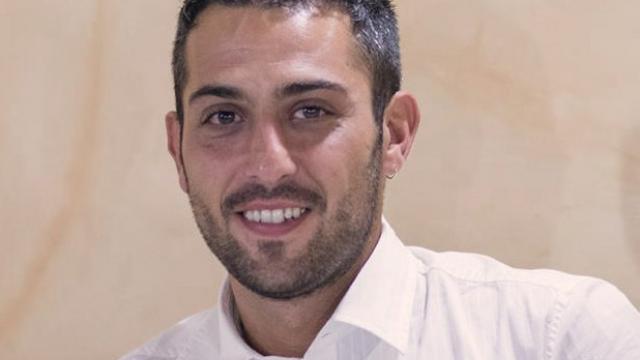Dr. Xavier Vilasís, Doctor in Physics from the Universitat de Barcelona and Chair at La Salle-URL comes in at a privileged 61st position. Xavier Vilasís is a member of the LHCb collaboration at CERN. His research covers both physics and engineering and he has published many works on the technological aspects of the physical content of participles. As Vice-Dean of the La Salle Doctoral Program, he deals with the training needs of engineers as they prepare to face new challenges in society.
In position 103, almost 40 steps from her previous ranking, is Míriam Calvo Gómez, Doctor in Physics from the Universitat de Barcelona (2006). She started her postdoctoral research here in 2008 and is a member of the GR-SETAD group. She is also a member of the international LHCb collaboration at CERN, where she works on the analysis of experimental LHCb data, and more specifically on the study of the physical components of particles. As part of her work, we should highlight her role as coordinator of the ‘Calorimeter Objects’ group and her former position as coordinator of the physics group ‘Radiative B decays’.
Alessandro Camboni has also been named as one of the 150 top scientist, placed at 117. Camboni obtained a Master in Nuclear and Subnuclear Physics at the Universidad de Cagliari (Cerdeña) and a doctorate degree in Physics at Universidad in which he specialized in the study of quark b hadronic jets in LHCb experimentation. He is a member of the international LHCb project at CERN in Geneva and is currently completely a post doctorate degree funded by the Juan de la Cierva grant. His studies focus on the implementation of modern techniques of machine learning and artificial intelligence in data analytics and in the performance of LHCb particle detector.
The data used in this ranking was compiled in August 2017 and researchers were positioned in ascending order according to the number of publications to their name.



